The majesty of big cats has always captured human imagination, with their grace, power, and mystery. They dwell in some of the harshest environments on Earth, where survival is a daily battle. In this article, we explore 12 remarkable big cats that thrive in these perilous habitats. From dense jungles to arid deserts, each species is a testament to nature’s resilience and adaptability. So, let’s embark on this exciting journey into the wild, where danger lurks in every shadow, and these magnificent creatures reign supreme.
The Stealthy Leopard
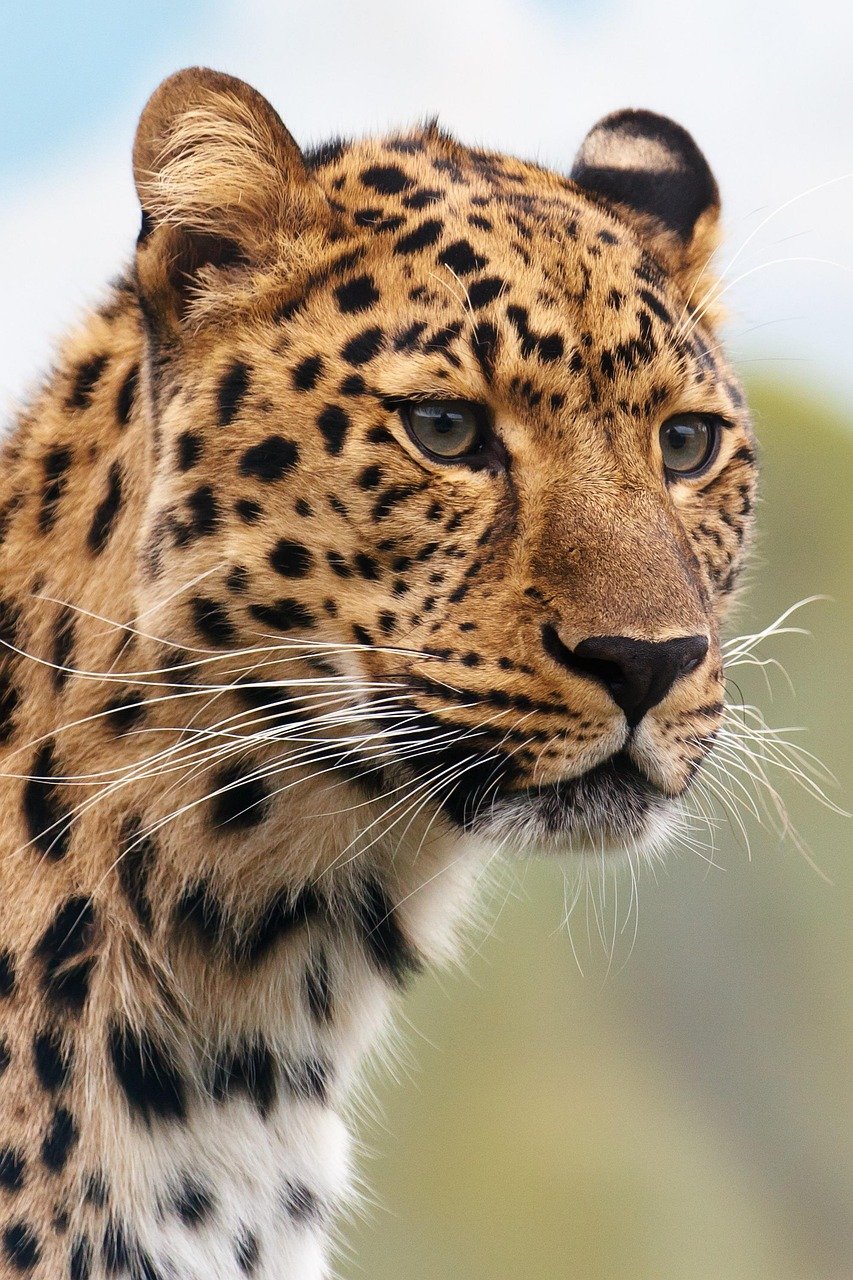
Leopards are the epitome of stealth and adaptability, making them one of the most elusive big cats in the world. Found across Africa and Asia, these solitary hunters are at home in diverse landscapes, from lush rainforests to arid savannas. Their spotted coats provide perfect camouflage, allowing them to stalk prey unnoticed. Leopards are known for their remarkable ability to climb trees, often dragging their kills up to keep them safe from scavengers. In areas where human encroachment threatens their territory, leopards have shown an uncanny ability to adapt, even venturing into urban areas under the cover of darkness. This adaptability, however, places them in conflict with humans, making their existence increasingly precarious.
The Mighty Bengal Tiger
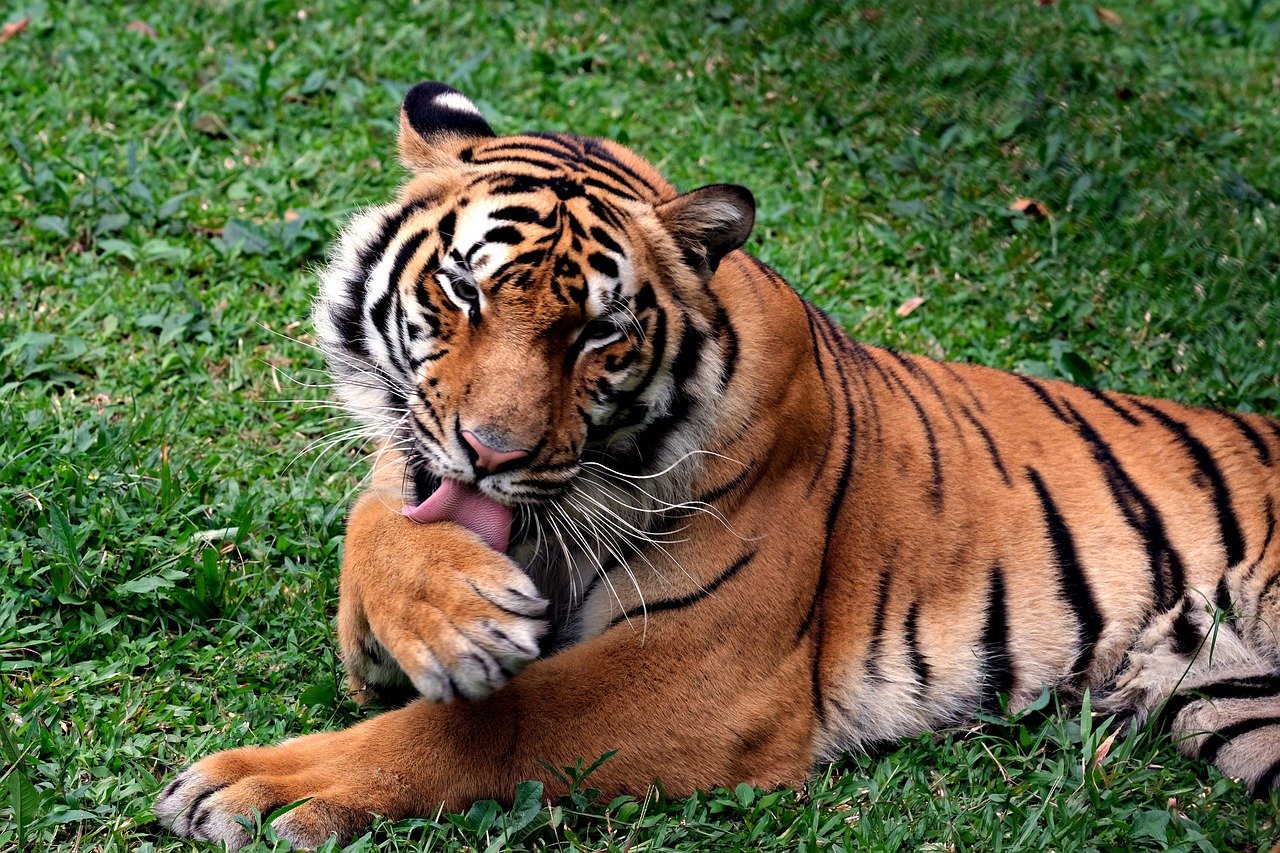
Bengal tigers are the iconic kings of the jungle, roaming the dense forests and mangrove swamps of India and Bangladesh. These majestic creatures are renowned for their sheer power and striking appearance, with their orange coats and black stripes. Despite their formidable presence, Bengal tigers face significant threats from poaching and habitat loss. The Sundarbans, a vast mangrove ecosystem, is one of their last strongholds, but it’s also a place fraught with danger. Tigers here have adapted to swim between islands, a skill they use to hunt prey and evade human settlements. Their fierce reputation and elusive nature make them both feared and revered by local communities.
The Elusive Snow Leopard
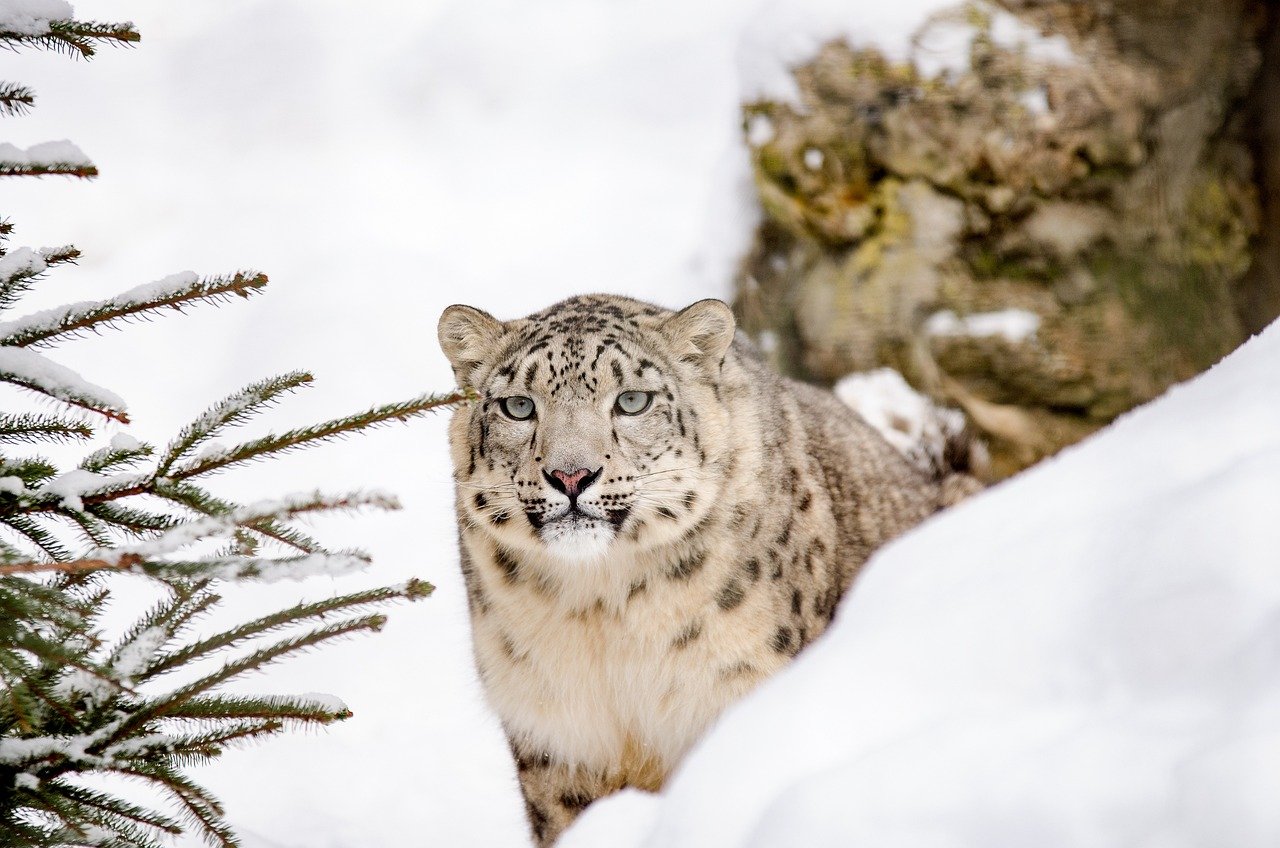
Snow leopards inhabit the rugged mountain ranges of Central Asia, where the terrain is as unforgiving as it is beautiful. These enigmatic cats are perfectly adapted to their icy environment, with thick fur and long tails that help them balance on treacherous cliffs. Known as “ghosts of the mountains,” snow leopards are notoriously difficult to spot, blending seamlessly into their rocky surroundings. Their primary prey consists of mountain goats and sheep, which require them to navigate steep and dangerous terrain. Climate change and human activities pose significant threats to their survival, prompting conservation efforts to protect these elusive cats and their habitats.
The Fierce Jaguar

Jaguars are the apex predators of the Americas, prowling the rainforests, swamps, and grasslands from Mexico to Argentina. Their powerful jaws and keen senses make them formidable hunters, capable of taking down prey much larger than themselves. Jaguars are also skilled swimmers, often hunting in water for fish and caimans. Unfortunately, deforestation and illegal hunting have severely impacted their populations, pushing them into increasingly isolated pockets of wilderness. Despite these challenges, jaguars continue to inspire awe and admiration, symbolizing the untamed spirit of the jungle.
The Formidable Siberian Tiger

The Siberian tiger, also known as the Amur tiger, is the largest of all big cats and roams the frigid forests of the Russian Far East. Their thick fur and muscular build allow them to withstand the harsh winters and hunt effectively in deep snow. Siberian tigers are solitary creatures, requiring vast territories to support their hunting needs. They primarily prey on deer and wild boar, using their strength and stealth to catch unsuspecting animals. Despite their adaptability, habitat destruction and poaching have dwindled their numbers, making conservation efforts crucial to their survival.
The Agile Clouded Leopard

Clouded leopards are arboreal acrobats, inhabiting the dense forests of Southeast Asia. Their distinctive cloud-like spots and long tails make them unique among big cats. These elusive creatures are rarely seen, spending much of their time in the treetops, where they hunt birds and small mammals. Clouded leopards are incredibly agile, able to climb trees head-first and hang upside down from branches. However, deforestation and poaching for their beautiful pelts threaten their existence. Conservationists are working tirelessly to protect these charismatic cats and their dwindling habitats.
The Endangered Asiatic Lion

The Asiatic lion, once widespread across Asia, now clings to survival in the Gir Forest of India. These social cats live in prides, similar to their African cousins, but face unique challenges in their restricted habitat. Human-wildlife conflict, disease, and habitat degradation threaten their small population, making conservation efforts critical. The Gir Forest provides a sanctuary for these majestic lions, where they can hunt deer and wild boar in relative safety. Despite the challenges, the Asiatic lion symbolizes resilience and hope for the future of big cats in Asia.
The Mysterious Black Panther

Black panthers, often shrouded in mystery and myth, are not a separate species but melanistic leopards or jaguars. These cats possess a genetic mutation that results in an all-black coat, providing them with a unique advantage in dense forests where they can move unseen. Black panthers are found in Asia, Africa, and the Americas, where they navigate challenging terrains in search of prey. Their elusive nature and striking appearance have made them both feared and revered in folklore. Despite their adaptability, habitat loss and hunting pose significant threats to their survival.
The Resilient Cheetah
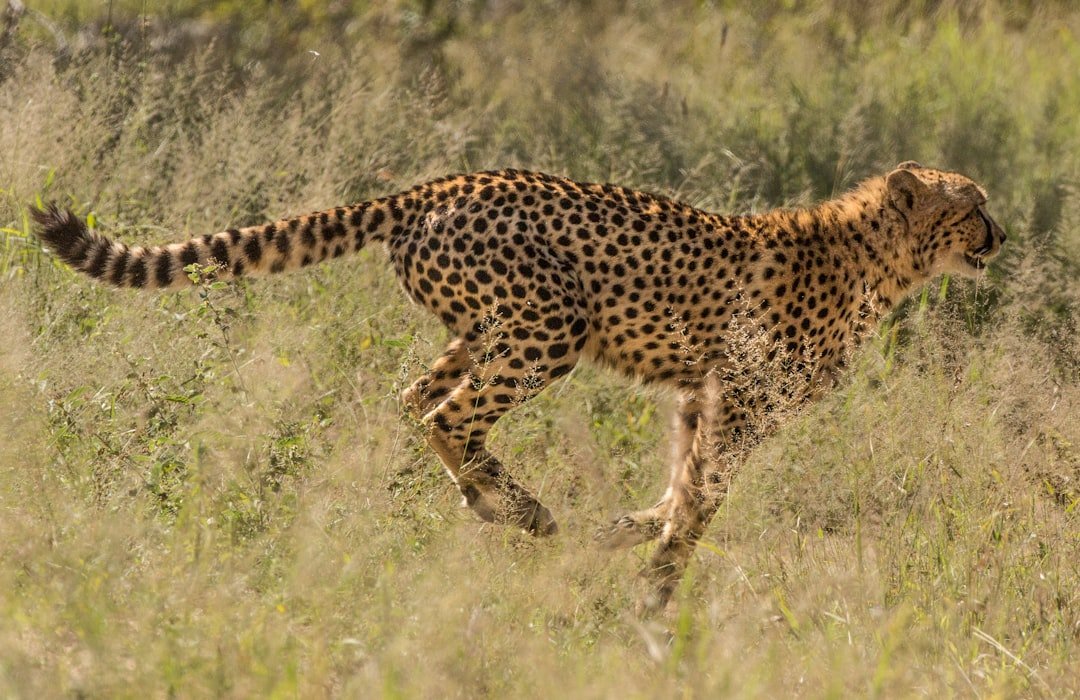
Cheetahs are the fastest land animals, capable of reaching speeds up to 60 miles per hour in short bursts. They inhabit the open plains and savannas of Africa, where their speed is essential for catching prey. Cheetahs rely on their keen eyesight and stealth to approach their targets before launching a high-speed chase. Despite their incredible adaptations, cheetahs face numerous threats, including habitat loss and competition with larger predators. Conservation efforts focus on protecting their habitats and reducing human-wildlife conflict to ensure their survival.
The Secretive Puma
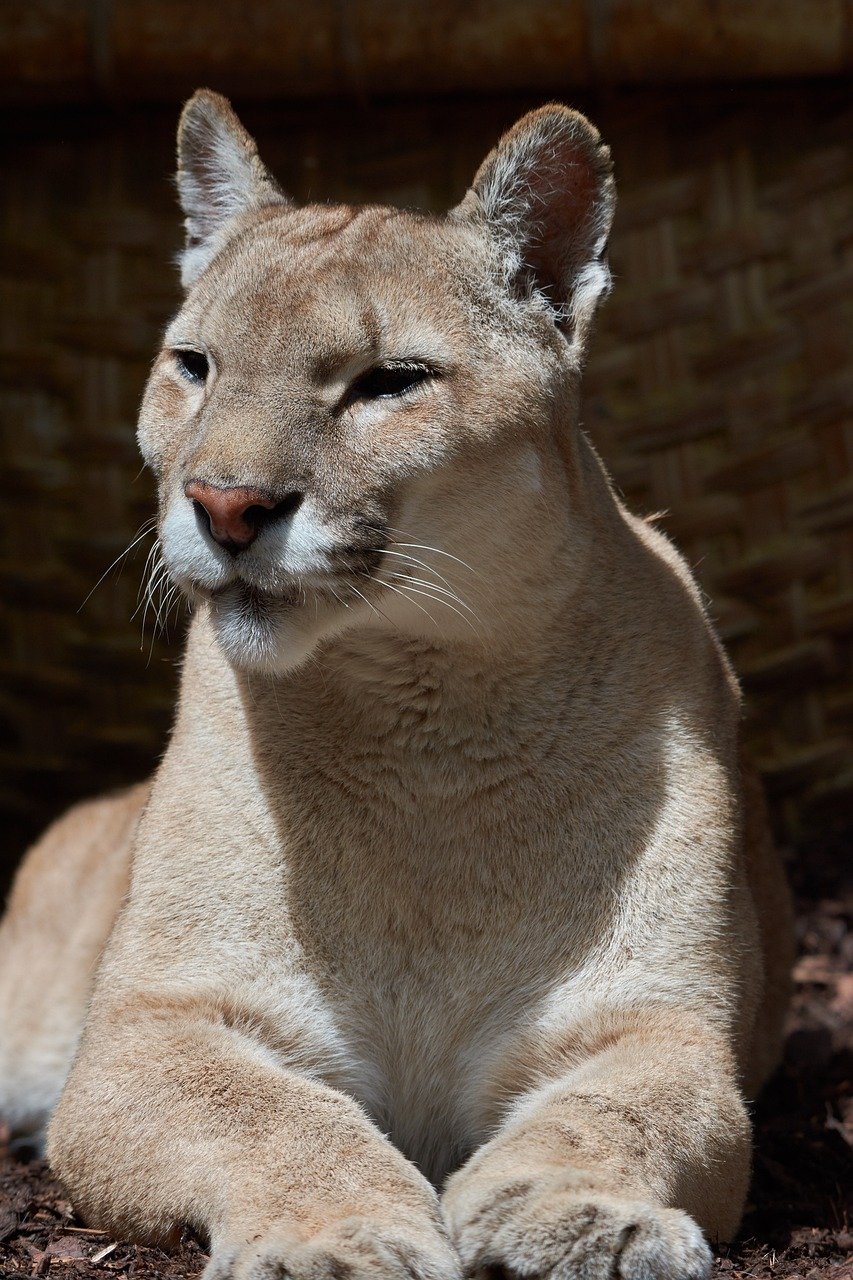
Pumas, also known as cougars or mountain lions, are adaptable felines found across the Americas. These solitary hunters are adept at navigating diverse landscapes, from deserts to mountains. Pumas primarily prey on deer, using their stealth and strength to ambush unsuspecting animals. Despite their adaptability, human encroachment and habitat fragmentation pose significant threats to their populations. Conservationists strive to create corridors that connect isolated populations, ensuring genetic diversity and long-term survival.
The Unique Lion-Tailed Macaque

Though not a big cat, the lion-tailed macaque shares its habitat with the elusive clouded leopard in the Western Ghats of India. These primates are named for their distinctive lion-like mane and tufted tails. They live in troops, foraging for fruits and insects in the forest canopy. The lion-tailed macaque faces threats from habitat loss and hunting, but conservation efforts aim to protect their dwindling populations. Their presence highlights the interconnectedness of ecosystems and the importance of preserving biodiversity.
The Majestic Sumatran Tiger
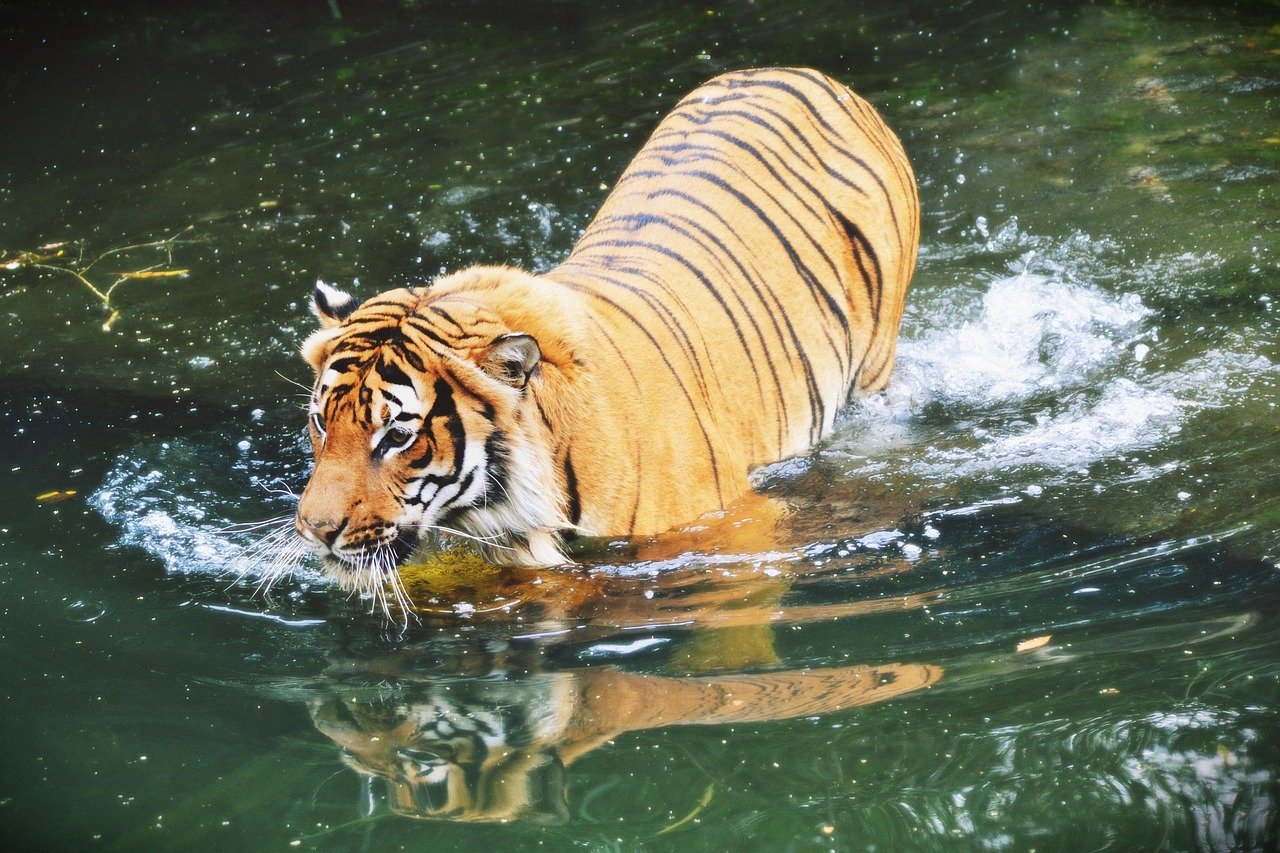
The Sumatran tiger, native to the Indonesian island of Sumatra, is the smallest of all tiger subspecies. These tigers are critically endangered, with fewer than 400 individuals remaining in the wild. Habitat loss due to deforestation and poaching for their body parts are the primary threats to their survival. Despite their small size, Sumatran tigers are powerful hunters, preying on deer and wild boar in the dense rainforests. Conservationists are working to protect their habitats and combat illegal trade to ensure the survival of this unique subspecies.
In conclusion, the world’s big cats are awe-inspiring creatures, each with unique adaptations that allow them to thrive in some of the most dangerous places on Earth. From the icy peaks of Central Asia to the steamy jungles of the Amazon, these magnificent animals face numerous challenges in their fight for survival. By understanding their behaviors and threats, we can work towards a future where big cats continue to roam free in their natural habitats.
Hi, I’m Bola, a passionate writer and creative strategist with a knack for crafting compelling content that educates, inspires, and connects. Over the years, I’ve honed my skills across various writing fields, including content creation, copywriting, online course development, and video scriptwriting.
When I’m not at my desk, you’ll find me exploring new ideas, reading books, or brainstorming creative ways to solve challenges. I believe that words have the power to transform, and I’m here to help you leverage that power for success.
Thanks for stopping by, Keep coming to this website to checkout new articles form me. You’d always love it!






